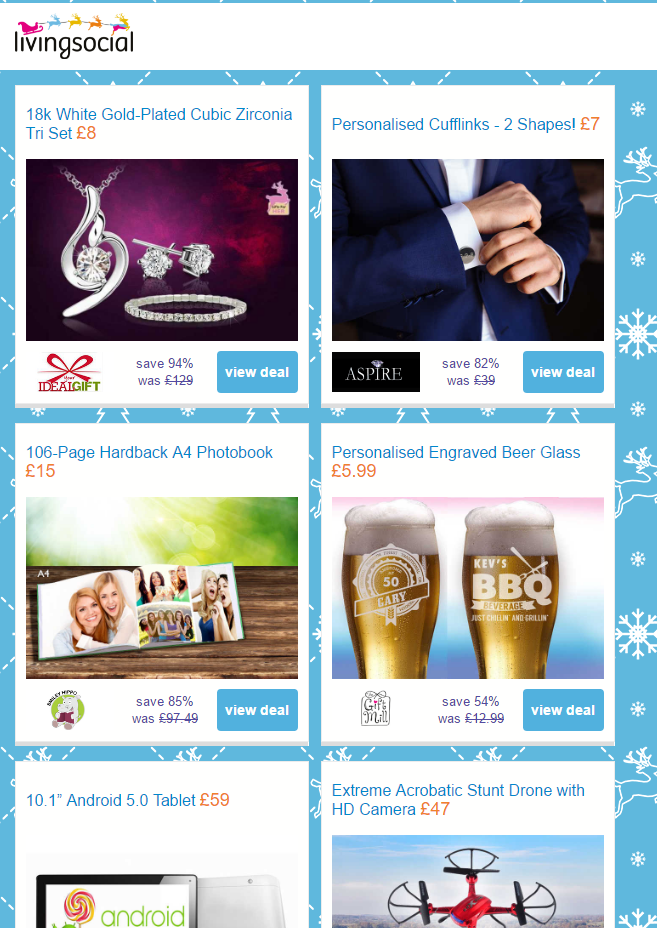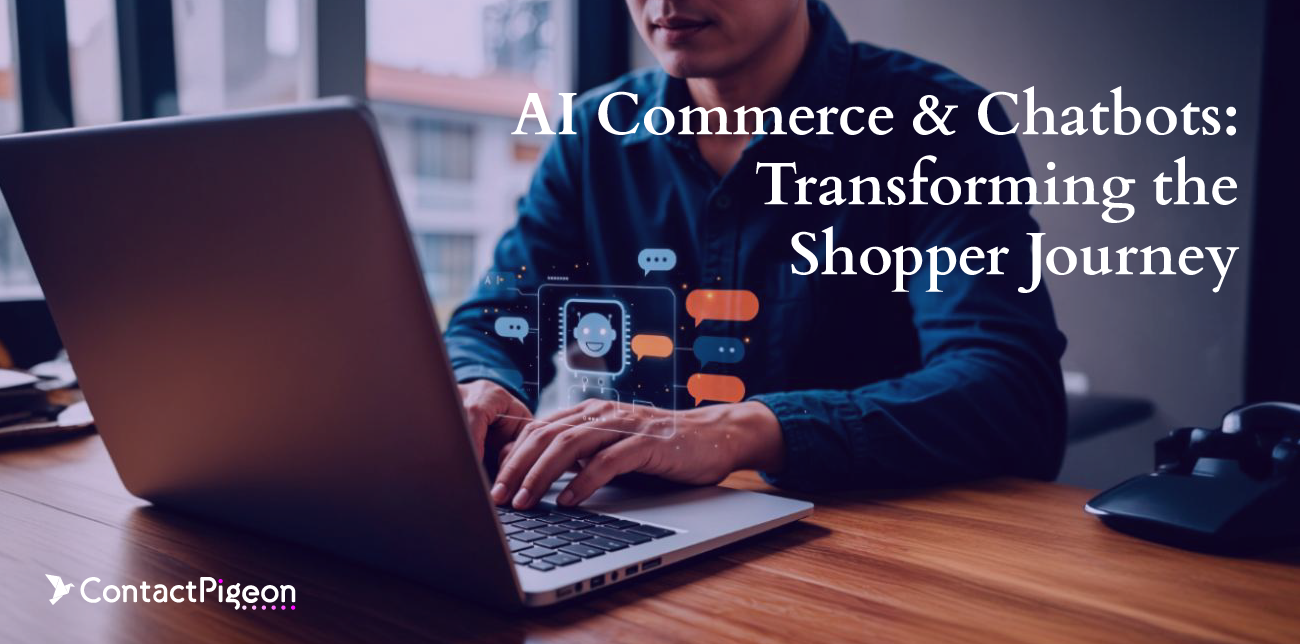According to recent studies, 95% of digital marketing experts believe in email personalization for improving marketing results. As a result, email personalization has abundant advantages toward persuading your consumer.
Despite this, many marketers are reluctant in applying email personalization techniques because they tend to believe that this strategy requires expensive or sophisticated tools.
We know that’s not the case anymore. Marketing automation platforms, like ContantPigeon, make email personalization easier and more affordable than ever. So, before start sourcing ESP vendors or looking for the most refined platform out there, start from getting to know your customer base!
Collecting detailed customer data is key and with this information at your fingertips, email personalization can be as simple as a few clicks of the mouse and taps on the keyboard.
The following 5 email personalization methods should be considered the next time you plan on sending your next email marketing campaign. However, don’t focus only on the execution, keep in mind to continually build your database. A solid data collection strategy enriches your list after each and every campaign so, more data from your customers means better personalization in the future.
1. Interview Your Customers
In this digital world, getting to know your customers doesn’t have to be a face-to-face experience. Email questionnaires, satisfaction surveys or Google Analytics reports are great tools to find out about your customers buying habits without making them feel uncomfortable. All this information will enable you to better segment your contacts and satisfy their needs in the future.
Interviewing your customers has a positive psychological effect because they feel that their opinion is appreciated and this will increase loyalty for your business.
Tip: Consider to offer incentives for completed surveys, such as a discount for future purchases. This way you’ll see a significant increase in participation rates.
2. Send Emails at the Right Time
Some customers enjoy seeing emails early in the morning, others just hate to be bombarded with an abundance of marketing emails before they’ve had their morning coffee. Use A/B testing to determine when particular customers are more apt to open emails.
Tip: You should take into consideration your customer’s location. If someone is two time zones away he may be sleeping when you think it’s prime time, so your message could get lost in between zones among many other emails.
Real World Example: Michael’s craft store and mega-retailer Kohl’s all send emails at approximately 7:00 AM, ensuring you will see them when you check your email in the morning without them getting lost among emails sent earlier.
3. Use Automated Triggered Emails
Have you ever received an email from your favorite e-shop, asking you to come back because they haven’t seen any activity from you in the last few days? This is a triggered email campaign sent to subscribers when they have completed specific actions online.
Triggered emails are opened 152% more than traditional emails and can be fully personalized. Contemplate on the following options:
- Sending a Welcome email after a newsletter subscription to new users
- Remind them that they still have products in their shopping carts
- Showcase products similar to their recent purchases in order to attract them back to your e-shop and make them a recurring customer
- Send an order confirmation email with product recommendations after they have completed a purchase
Real-world example: Online deal marketplace LivingSocial makes good use of automated trigger emails by keeping track of users browsing history and retargeting them.

4. Send email as an individual
Adding the name of the recipient in the body of the email is just the first step to email personalization. Go the extra step and send emails directly from an employee, such as the marketing director, vice president or CEO of the company. Consumers tend to respond more to emails from a person rather than a brand. Even if you don’t want to attach a particular name to your email, at least try to humanize it with the proper wording.
For example, you can state: “I am very happy to announce a new product line,” or “We recently noticed you haven’t been in our site for a while. We miss you!”
Real World Example: A personal email sets the tone for a friendly experience using their product. Just take a look at this email I have received recently from unbounce.com.

5. Filter Product Recommendations
If you haven’t been collecting data from your previous purchases, you need to start. I would suggest you examine Amazon once in a while. Notice how it has a listing of products you’ve previously looked at as well as similar products you might like? That’s done by filtering, so using it as an example you can send personalized emails to your customers with product recommendations in the same manner.
Real World Example: Simply visit amazon.com once and look at a few products, and you’ll quickly see this example in action.
Wrap up
In conclusion, it’s important to remember that email personalization and hyper-personalization in retail in general, isn’t an overnight action. Data collection, accurately building your database and applying the techniques mentioned above improve ROI and increases sales. The rewards are well worth the effort, as email personalization also aids in successful brand recognition and customer loyalty.
[cta id=”1284″ vid=”0″]





